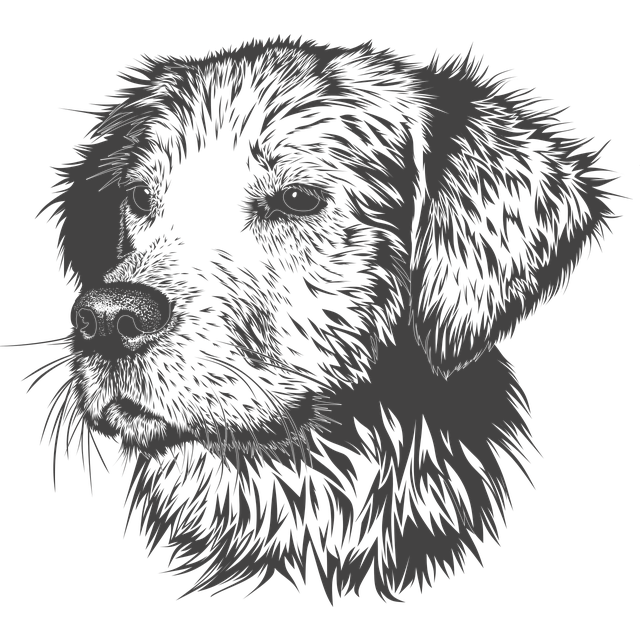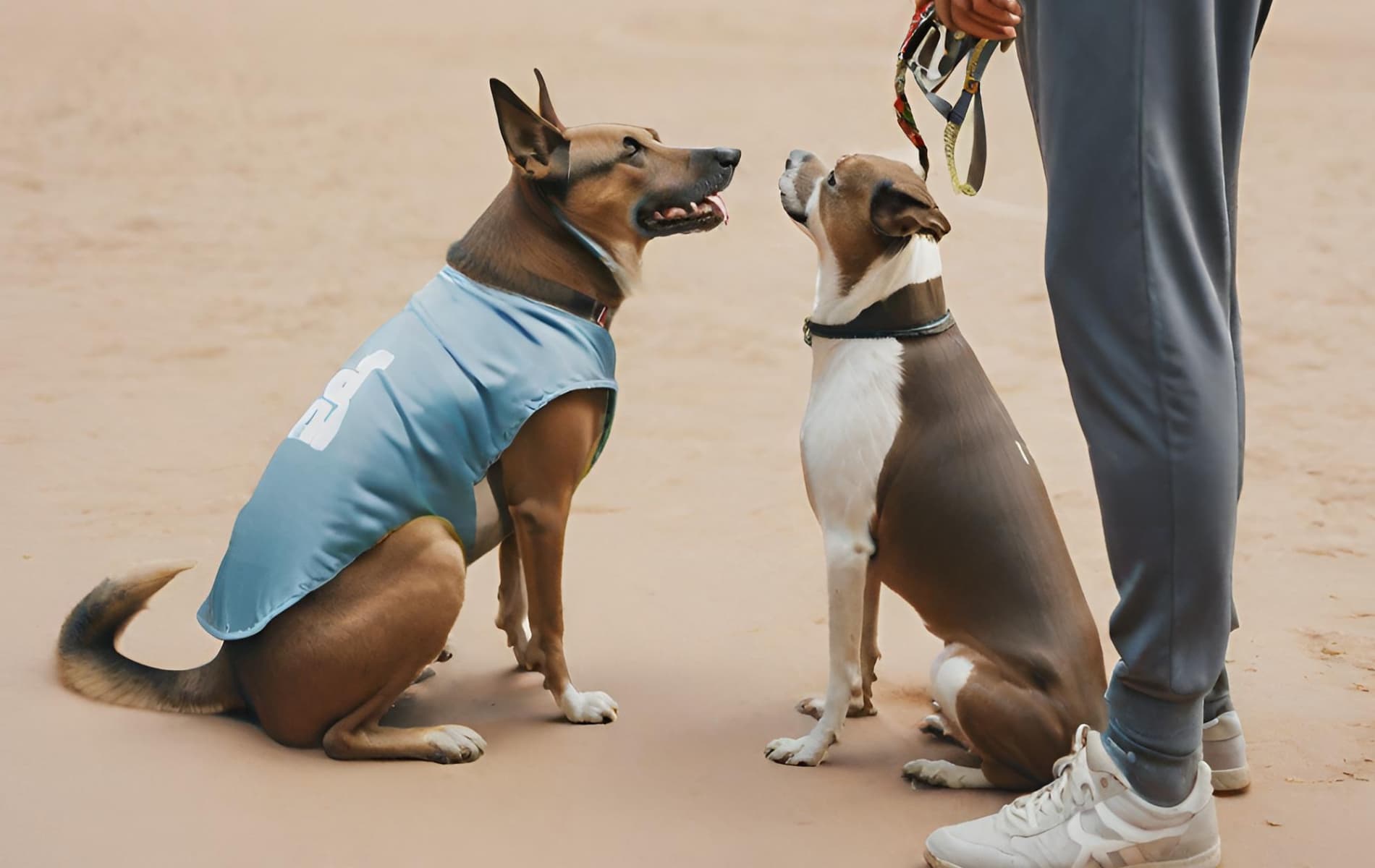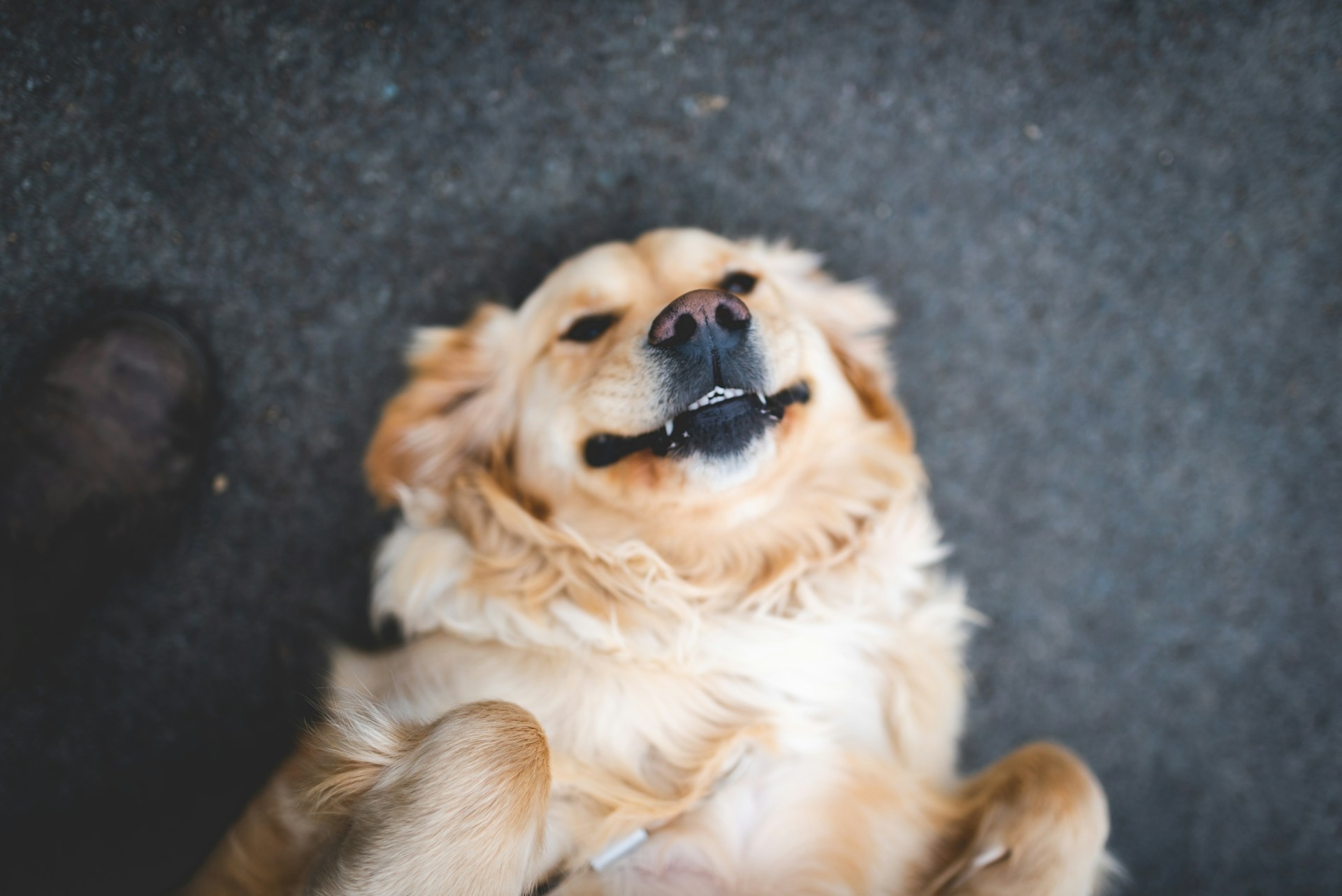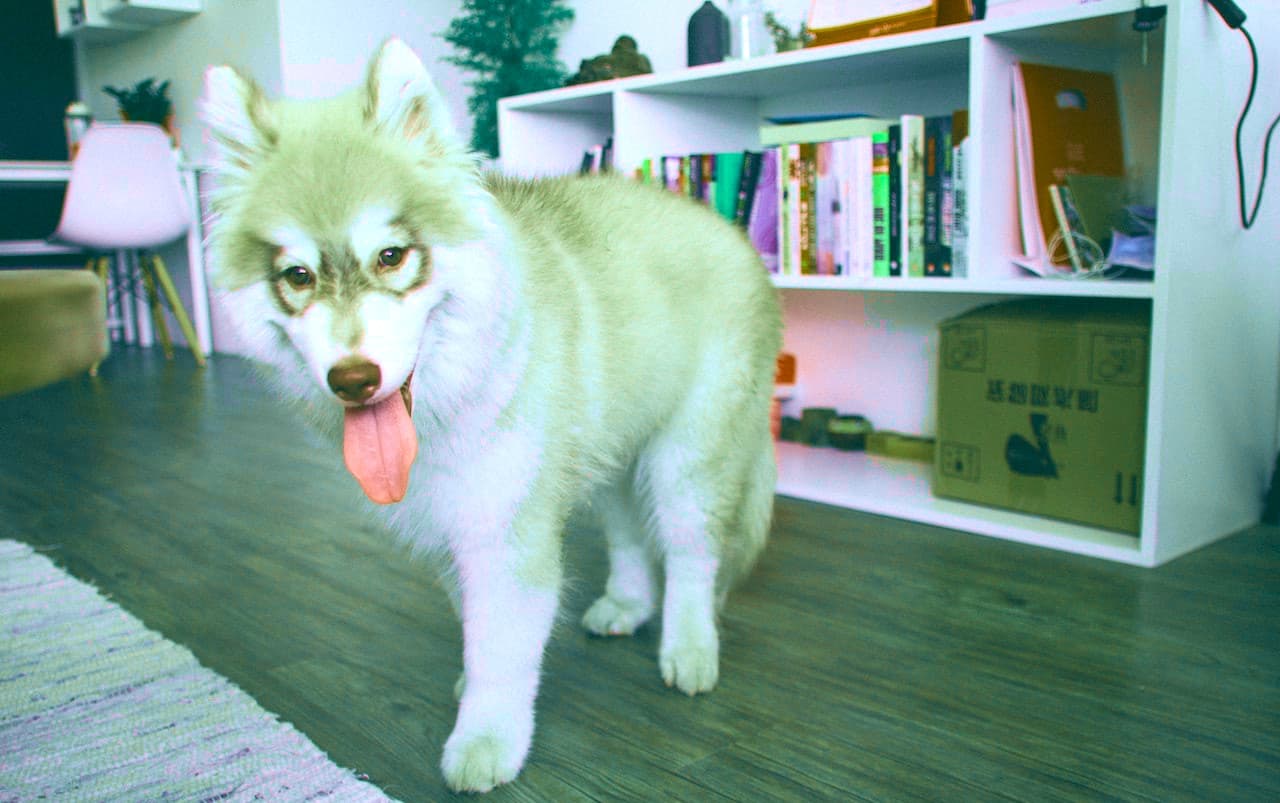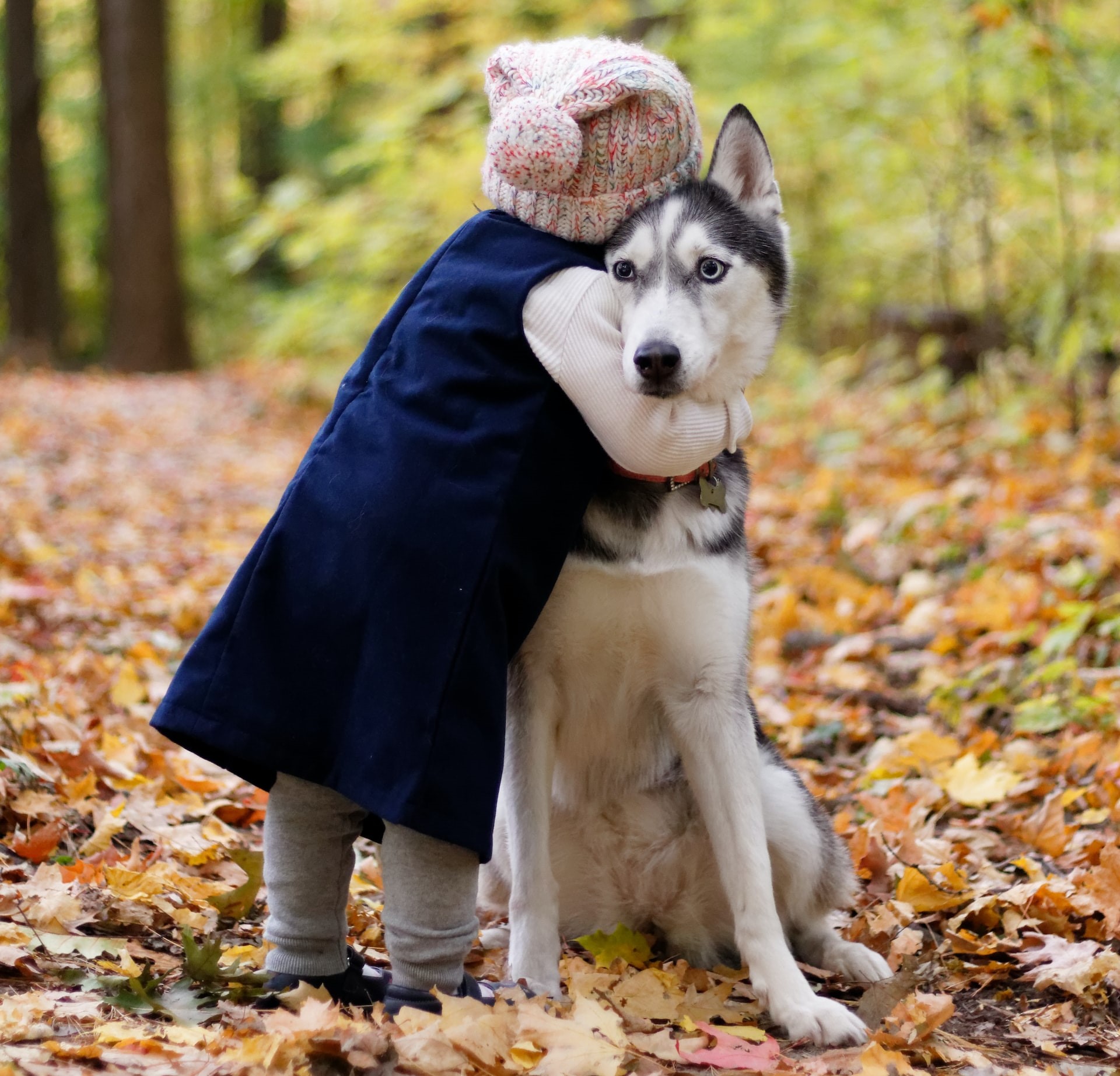Implementing an effective yet compassionate approach to training dogs relies first on understanding canine psychology. Once you grasp how fidos learn and process experiences, customized positive reinforcement regimens tailored to your pet’s unique personality can be shaped for optimal lasting results.
This guide covers the methodology, techniques and tools behind reward-focused dog teaching systems that progressively condition obedience, spatial awareness, appropriate home conduct and important cues like recall skills. By determining your pup’s motivations and then providing clear instructions reinforced via high-value treats/praise, the path to better manners and safety begins.
Understanding Dogs’ Learning Psychology
Like humans, canines gather information about expected behaviors predominantly by associating pleasurable or unenjoyable consequences with certain actions. Their memories closely tie events to specific stimuli through these associations etched over time.
So the most effective and ethical training builds on that tendency, linking desired conduct in different contexts to positive outcomes dogs actively wish to repeat. Structuring an intuitive action/reward cause/effect process accelerates learning.
For example, consistently saying “Sit” when offering a treat held overhead naturally motivates pups to sit first, triggering the reward. Repeating this firmly yet positively cements the connected instruction. With patience, the cue itself elicits sitting without requiring treats eventually.
Various Training Tools
While the focus of this guide is on reward-based training methods, it’s important to acknowledge the range of tools available to fido owners. Among these, electronic dog training collars are a topic of debate. These devices, when used correctly and humanely, can be a part of a comprehensive practice strategy, especially for specific behavioral issues that might not be adequately addressed through reward-based methods alone.
Balancing Tools with Positive Training:
Complementary Methods
While tools like electronic collars can have their place, they should be used in conjunction with, and not in place of, reward-based teaching methods. The foundation of any teaching regimen should be built on trust, positive reinforcement, and understanding your dog’s needs.
Professional Guidance
Always seek advice from a certified pup instructor or behaviorist before introducing an electronic collar or any other practice tool. They can guide the most humane and effective training methods for your specific dog.
Key Principles Behind Reward Training
Modern reward training works because it aligns with three primary psychological factors enabling canines to learn best:
- Clear Communication – Dogs decipher both verbal commands and physical gestures/leash guidance. Using these collectively promotes a quicker understanding of the behaviors being asked.
- Motivation Activation – High-value stimulation like favorite toys or treats incentivizes pups to comply with instructions until cues become ingrained habits. Food motivation is especially reliable spurring focus.
- Immediate Praise – Instant verbal applause and affection, when dogs perform as instructed, gives positive feedback. This cements the training “contract” quickly so good habits stick long-term.
Advantages of Reward Methods
Building instructional associations with enticing rewards offers notable advantages over outdated forceful training:
Non-Traumatic Techniques
The absence of physical corrections creates a calm, nurturing environment facilitating better focus. Harsh methods risk undermining trust.
Accelerated Learning
Goal-driven treats/toy play consistently stimulates dogs’ engagement, exponentially quickening comprehension speed over weeks instead of months.
Enhanced Bonding
Cooperative training filled with positivity strengthens the human/canine bond beyond just hierarchy, deepening trust and willingness.
Customizable Programs
Flexible use of motivation types, durations, and cue phases tailors to each dog’s needs. From shy rescues to exuberant pups, adjustable training blueprints using understanding over dominance enable progress without anxiety.
Key Elements in Structuring Effective Training
While relishing tasty treats and cheerful praise, canines require engrained structure to establish boundaries before earning rewards. Skillful balance across these aspects keeps progress smooth:
- Rules & Limitations – Use gates, leashes and vocal cues to restrict access until compliance is earned. Prevent rewarding dogs preemptively before exhibiting calm submission.
- Motivational Stimulation – Incorporate special intrinsically appealing incentives like flirt pole chasing, puzzle games and cuddle sessions – not just kibble – releasing these upon achieving desired behaviors.
- Variable Reward Ratios – Strategically integrate “jackpot” bonuses on top of baseline treats to sustain eagerness as cues become habitual. Surprise drives excitement helping counter plateauing enthusiasm over time.
- Consistency & Repetition – Ask for the same actions in multiple environments like yards, parks and home interiors to cement habits. Occasional exceptions risk confusion so steadfast guidelines stick better.
- Patience Over Pressure – Measure training in weeks/months not days. Move gradually through instructional steps allowing fidos ample adjustment time as sessions lengthen. Rushing risks anxiety while sustained gentle guidance succeeds.
Step-by-Step Implementation Fundamentals
While each dog’s plan should account for age, activity needs and environment, core training components instill compliance and skills:
Focus – Initial sessions teach pups to make eye contact and obey simple commands like name recognition and sit patiently before receiving anything. These prep for advanced lessons.
Leash Walking – Use harnesses gently discouraging pulling and reward slack leashes before going on real walks where more distractions emerge. Never drag or choke pups.
Spatial Boundaries – Use pens, doors, baby gates and leashes to delineate access to rooms, furniture, and yards. Reward calm waiting before entering new spaces.
Environmental Desensitization – Introduce unfamiliar textures, objects, sounds etc. from a distance without pressure to overcome nervousness. Enable dogs to investigate trigger items on their terms.
Basic Cues – Reinforce vital verbal/gesture instructions like “stay”, “come” and “down” through habitats and distraction levels for real reliability. Use long lines in open spaces aiding recall.
Continued Socialization – Expand positive introductions to people, animals and environments acclimating dogs to variety and preventing overreactions. Maintain proper supervision.
Pro Tip: Arm new owners with puppy kit checklists detailing needed gear like properly fitted harnesses and leashes, sensory toys, kongs, high-value treats, containment pens and guides on introducing household elements. This allows proactively puppy-proofing homes.
Integrating the Right Motivational Tools
From edible chews to interactive playthings, determining each pup’s unique motivations is pivotal for engagement. Safety and ingredient vetting also prevent health issues.
- Appealing Treats – Tiny soft kibble bits, diced meats, puffed jerky and peanut butter (verify safe ingredients for dog consumption) offer irregular textures keeping sessions interesting. Freeze then defrost increasing desirability.
- Reward Toys – Rope pulls, squeaky balls, and treat-release puzzles mentally and physically challenge fido once tasks are completed. Rotating toy bins maintains novelty too.
- Plush Animals – For gentle or nervous pups, cuddly stuffed critters provide comfort during/after sessions. Their textures and sizes add sensory dimensions.
- Praise Enthusiasm – Some canines inherently crave affection more than food. Shower these pups with happy verbal cheers, pats and full snuggle sessions as incentives.
Always properly calibrate motivation levels to your dog’s drive. Low-drive older fidos need extra coaxing and high-energy pups require ample physical outlets to prevent destructive behaviors from dissatisfaction.
Training Gear Supporting Progress
Use helpful accessories sparingly as props guiding pups or rewarding progress until habits cement independent of tools:
Lure Sticks & Targets
Move treat-tipped sticks leading your doggies nose through body motions like spins, and crawls. Fade these later as cues kick in. Some better understand hand targets triggering known tricks.
Whistles/Clickers
Handheld or worn click devices instantly “mark” correct conduct amid training. This bridges the seconds before treatment delivery. Vary marker sounds prevent habituation to anyone.
Long Lines
Lightweight 20-30 foot cords offer added supervision for practicing recalls in parks where chasing squirrels risks retracting progress if dogs reach unsupervised areas.
Head Halter Gentle Leaders
Special lightweight muzzle-like halters steer heads (not necks) correcting pulling without discomfort. Much safer and more effective than choke collars if pulling issues arise.
Remember tools should funnel enthusiasm, not replace motivation. Shift gear usage to random rather than constant early on so independence takes over.
Introducing Corrections Constructively
While rewards function best in initiating instruction, even balanced training incorporates certain corrective elements judiciously. But harsh physical corrections only jeopardize trust and focus. Instead, emphasize:
- Verbal Displeasure – Stern calm commands like “no”, “wrong” or high-pitched “ouch” tones indicate disapproval without trauma. Silently ending play drives the point.
- Leash Tension – Brisk gentle pops on flat collars applied mid-walk while changing direction dispels pulling without choking. Proper introductions prevent leash reactivity.
- Ignoring Misconduct – For attention/toy-seeking behaviors, briefly withholding reactions prevents reinforcement and compels resets.
- Timeouts – On extreme disobedience despite repetition, placing dogs in boring rooms for 1-3 minutes removes play incentives and redirects with calming solitude.
- Consistency Over Physicality – Only re-introduce play rewards once calm compliant conduct returns. Never waive from upholding standards to avoid mixed signals.
Seeking Assistance from Accredited Trainers
For severe anxiety, aggression or impulse control cases, consult certified specialists in individualizing approaches. Websites like PetProfessionalGuild.com help locate force-free experts.
Many reputable trainers offer virtual consultations through video chat, text, and email guiding owners on administering lessons between sessions. Some will create customized online teaching portals reviewing progress.
Choose professionals certified by behavior bodies (like CCPDT) with ample liability insurance rather than self-proclaimed “whisperers”. Meet candidates first ensuring your pup responds well before committing.
The Journey From Puppy to Companion
Raising dogs able to thrive around people, animals and environments without anxiety requires dedication through the developmental journey. But surrounding pups with compassion plus structure utilizing proven reward training principles lays the smoothest groundwork for this critical socialization.
With the tips above on gauging motivation, delivering clear guidance and optimistic reinforcement timed against realistic milestones, owners can nurture confidence and obedience in fidos for years of happy coexistence. Trust the process – positive-focused practice works with most pup personalities when foundations build steadily. Soon both species in the pack bond closer thanks to mutual understanding – and plenty of tail wags.
